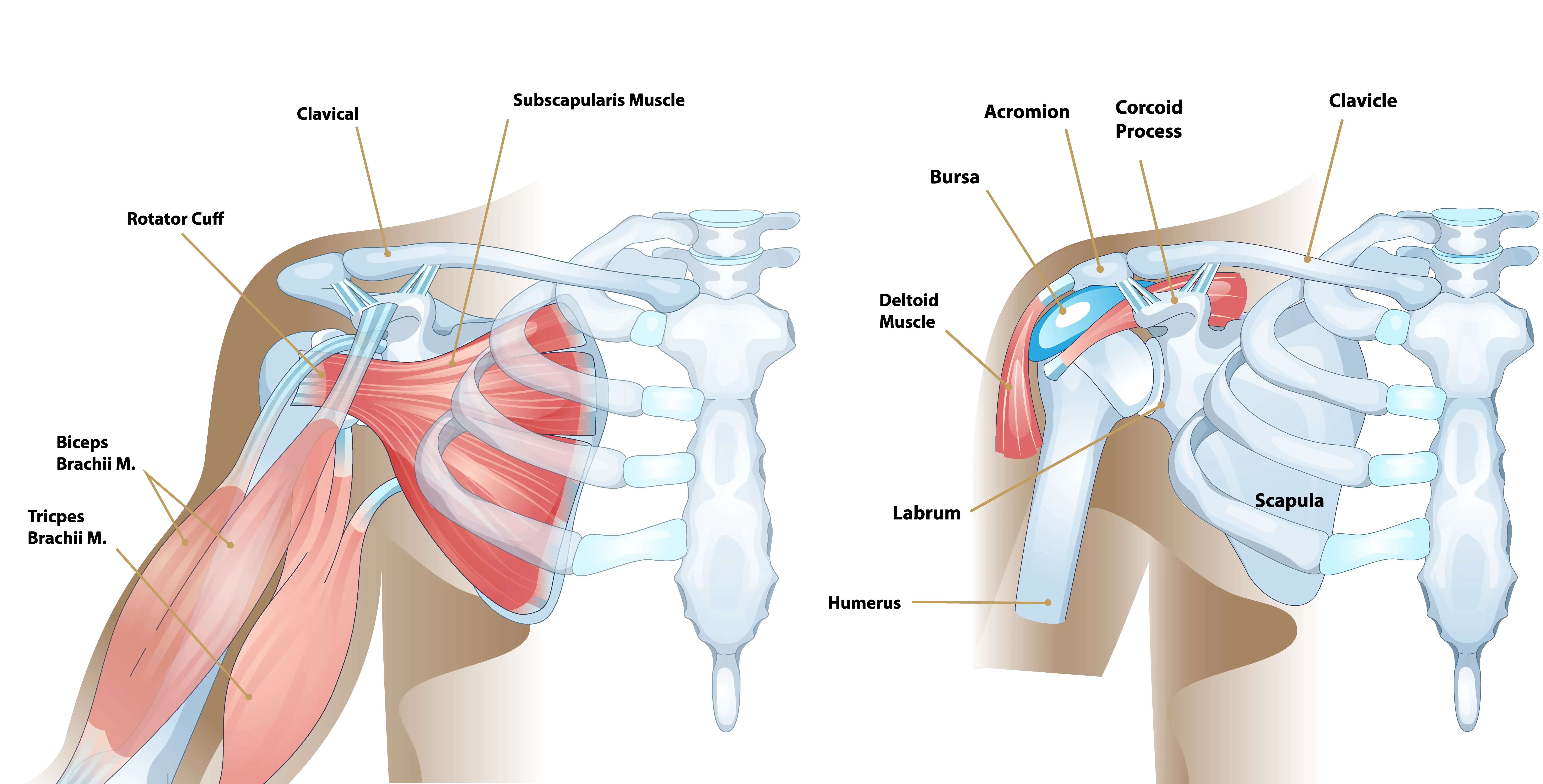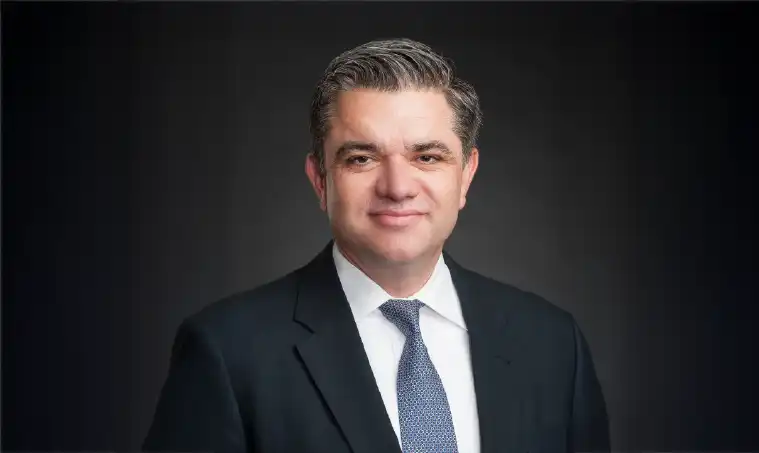Shoulder Fractures
(510) 818-7200
Menlo Park, CA
Fremont, CA
Monday - Friday | 8:00 AM - 5:00 PM
Specialties
Discover Recent Posts
Shoulder fractures can affect daily life and limit how you use your arm. John Costouros, MD is an Orthopedic Surgeon based in Menlo Park, CA near Stanford University and with offices in Fremont. He treats patients who seek his care from around the globe. He has dedicated his career to caring for all shoulder conditions. He focuses on shoulder fractures, instability, arthritis, sports injuries, rotator cuff injuries, and both primary and revision shoulder replacement. He holds patents and has also developed new surgical technology over his career and has led multiple FDA clinical trials that aim to improve care for patients.
Shoulder Anatomy
The shoulder is one of the most flexible joints in the body, allowing you to lift, reach, and rotate your arm in many directions. It is made up of three main bones: the humerus, or upper arm bone; the clavicle, or collarbone; and the scapula, or shoulder blade. These bones form several joints that work together to give the shoulder its wide range of motion.
The ball-and-socket joint, called the glenohumeral joint, connects the top of the humerus with the socket in the scapula. The acromioclavicular joint is where the collarbone meets the highest point of the shoulder blade. The sternoclavicular joint connects the collarbone to the breastbone in the center of the chest. Surrounding muscles, tendons, and ligaments help keep the shoulder stable while allowing it to move smoothly during daily activities.

Understanding Shoulder Fractures
What is a Shoulder Fracture
A shoulder fracture is a break in one of the bones of the shoulder. It can occur after a fall, a sports injury, a car accident, or any direct blow to the shoulder. Some fractures are mild and the bones remain in place, while others shift out of position. Any fracture can limit movement and cause pain, swelling, and bruising. Working with a shoulder specialist can help you understand the specific type of fracture and the best options for care.
Types of Shoulder Fractures
Shoulder fractures are generally classified as non-displaced or displaced. In a non-displaced fracture, the broken pieces of bone remain close to their normal position. These injuries can often be managed without surgery. In a displaced fracture, the pieces of bone have moved out of place and may require surgery to realign them.
The location of the fracture can also vary. A clavicle fracture affects the collarbone at the base of the neck. A proximal humerus fracture involves the top portion of the upper arm bone, near the shoulder joint. A scapula fracture affects the shoulder blade, which includes the glenoid, or socket of the joint. Scapula fractures are less common and may be linked with shoulder dislocation or instability.
Signs, Symptoms, and Diagnosis
Recognizing the Symptoms
Common signs of a shoulder fracture include pain that worsens with movement, swelling, and bruising around the shoulder. The area may be tender to the touch, and you may feel as though the shoulder is unstable or slipping out of place. In more severe cases, the shoulder may look misshapen or sit in an abnormal position. If you experience these symptoms after an injury, it is recommended to have the shoulder evaluated.
How Shoulder Fractures are Diagnosed
Diagnosis typically begins with a physical examination and a discussion of how the injury occurred. Imaging studies may be used to confirm the presence of a fracture and to understand its pattern. X-rays are often the first step and can show most breaks in the bone. CT scans may be ordered for a more detailed view, especially in complex injuries. Magnetic resonance imaging (MRI) can reveal detailed images of soft tissue, such as the rotator cuff, and ultrasound can help assess tendons and guide certain procedures. These tests allow the surgeon to guide a plan that works toward safe healing and better shoulder function.
Treatment
Nonsurgical Treatment
Treatment is tailored to the type of fracture, how much the bones have moved, the patient’s activity level, and overall health. Nonsurgical care often includes ice, rest, and a sling to support the arm while the bone heals. Pain can be managed with medication as directed by your doctor. Once it is safe, physical therapy may begin to restore movement and strength in a gradual and supervised way.
Surgical Treatment
Surgical treatment may be recommended for fractures that are out of position or involve the joint surface. Techniques can include using plates, screws, or pins to hold the bones in place while they heal. In cases where the bone is badly damaged, partial or reverse total shoulder replacement may be considered. For fractures that have not healed properly, revision surgery with bone grafting may be an option.
Dr. Costouros works with advanced surgical methods for both simple and complex shoulder fractures. His background in technology development and FDA clinical trials supports a careful, individualized approach to care.
Recovery and Rehabilitation
Recovery times can vary depending on the type of fracture, the treatment provided, and individual healing. Early stages often focus on rest, pain control, and gentle hand, wrist, and elbow movement while the shoulder is supported in a sling. As healing progresses, physical therapy aims to help restore range of motion before moving on to strengthening exercises. Each program is customized to the patient’s needs, pace, and goals. Consistent follow up with the care team supports a return to daily activities in the safest way possible.
A Shoulder Fracture can disrupt work, hobbies, and daily life, but the right treatment plan can help you move toward recovery. John Costouros, MD offers comprehensive evaluation and a full range of treatment options in the San Francisco Bay Area, Menlo Park, and Fremont, CA. Schedule an appointment with Dr. Costouros to discuss your symptoms, review your imaging, and explore the next steps for your shoulder health.


